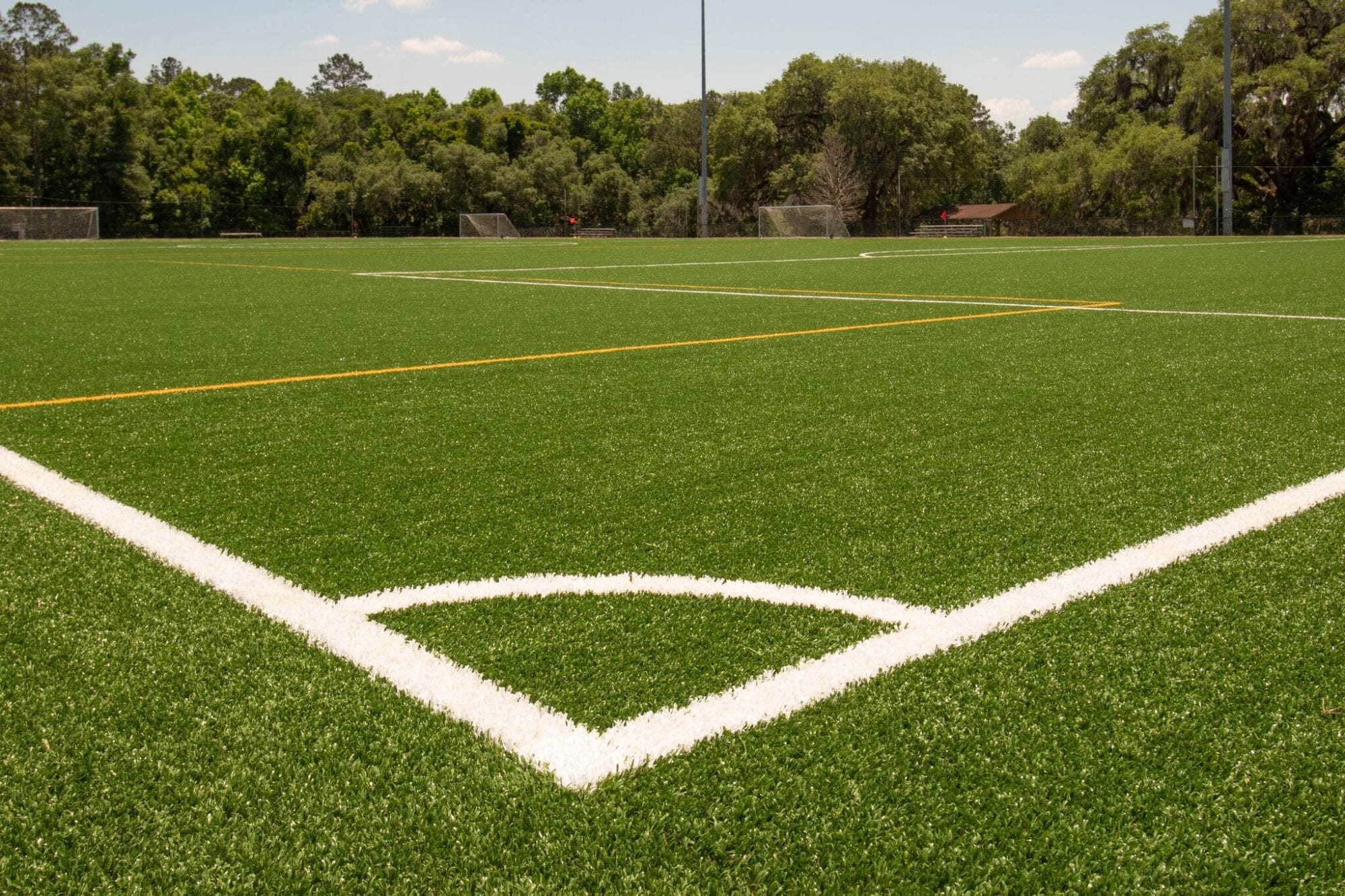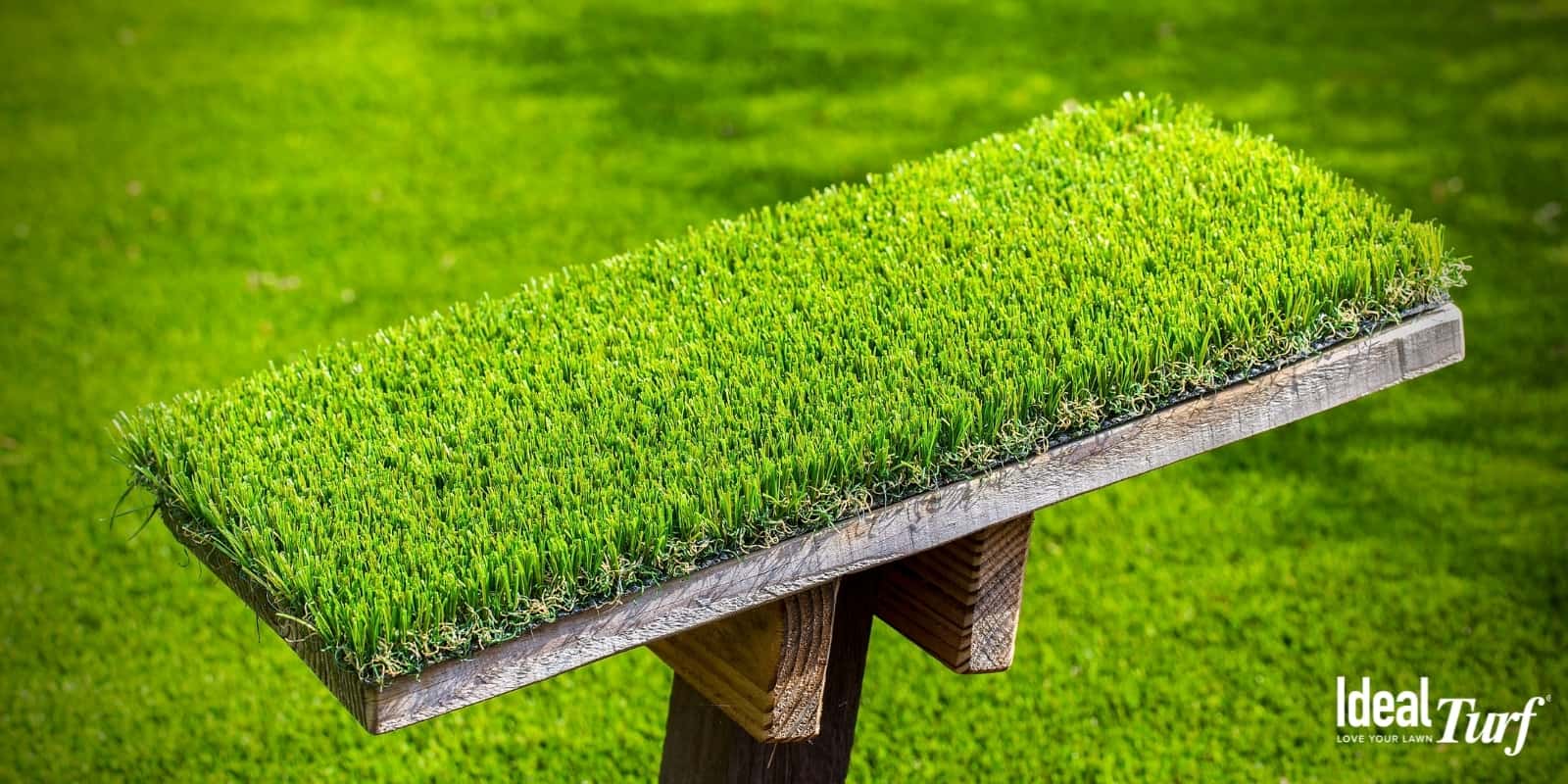See Why Homeowners Prefer Synthetic Grass for Sustainable Landscape Design Practices
As home owners significantly focus on sustainability in landscaping, synthetic grass has emerged as a compelling choice to conventional yard. Its capacity to preserve water, reduce maintenance efforts, and decrease environmental impact settings it as a functional choice for those seeking green solutions. The aesthetic appeal and versatility of artificial turf provide to varied style choices. The implications of this shift expand past plain ease and aesthetics, prompting a better evaluation of exactly how these selections affect wider environmental outcomes. What stays to be explored is the complete range of benefits that synthetic turf can use to home owners and the setting alike.
Water Conservation Perks
One of the most substantial advantages of synthetic turf is its function in water conservation. In contrast, artificial turf eliminates this demand entirely, as it does not require irrigation.
Moreover, the installation of synthetic grass can add to a more sustainable landscape. House owners can dramatically reduce their water expenses, allowing for reallocation of resources to various other ecological campaigns or family usages. Additionally, synthetic lawn is made to stand up to numerous climatic problems without the demand for supplementary watering, making it an optimal choice for areas dealing with water deficiency.
The ecological benefits extend beyond instant water savings. By minimizing water usage, artificial lawn helps to alleviate the impacts of environment change, maintaining essential ecosystems that are threatened by extreme water removal. As lasting landscape design methods gain grip, synthetic grass emerges as an accountable selection for home owners looking for to produce environmentally friendly outside rooms.
Minimized Maintenance Initiatives
Fabricated lawn significantly minimizes upkeep initiatives contrasted to conventional lawn yards. With artificial lawn, property owners can get rid of the time-consuming tasks connected with all-natural landscape design, such as mowing, fertilizing, and weeding. This not just saves important time however also decreases physical labor, making yard care easily accessible for people of every ages.
Among one of the most noteworthy benefits is the absence of normal mowing. Standard lawns need constant trimming to keep an aesthetically pleasing height, whereas man-made turf continues to be continually lavish without the requirement for reducing. Additionally, home owners no more need to use pesticides or fertilizers, which are commonly called for to maintain all-natural lawn healthy. This shift not just lightens the workload yet likewise promotes a neater, extra uniform appearance year-round.
In addition, man-made grass is durable and resilient, calling for minimal upkeep past periodic cleaning and rinsing to remove debris. This convenience of upkeep permits house owners to enjoy their exterior spaces without the consistent concern of maintenance, providing even more time for recreation and family tasks. Inevitably, the minimized maintenance initiatives related to synthetic grass make it an enticing alternative for those looking for a low-maintenance, visually appealing landscape.

Environmental Impact Reduction
There is a growing recognition of the environmental benefits linked with synthetic grass, particularly in terms of water conservation and lowered chemical use. Standard lawns call for substantial quantities of water, particularly in drought-prone regions, bring about raised strain on neighborhood water resources. In comparison, synthetic grass eliminates the requirement for watering, significantly reducing water usage and promoting sustainability.
In addition, conventional lawn upkeep frequently includes the application of herbicides, pesticides, and plant foods, which can contribute to soil and water air pollution. Fabricated turf reduces this ecological risk by calling for marginal maintenance and essentially eliminating the need for hazardous chemicals. This not just boosts soil wellness yet additionally safeguards local ecological communities from poisonous drainage.
Moreover, the manufacturing of all-natural yard lawns commonly entails using nonrenewable fuel sources for cutting and landscaping devices, additional contributing to greenhouse gas emissions. By picking synthetic grass, house owners can substantially lower their carbon footprint associated with yard treatment tasks.
Aesthetic Allure and Flexibility
Along with its environmental benefits, synthetic grass uses Learn More Here considerable visual charm and convenience for landscaping. House owners can attain a lush, eco-friendly appearance year-round, getting rid of the seasonal fluctuations frequently related to all-natural turf. This regular aesthetic not just enhances the visual appeal of a residential property but additionally adds to a properly maintained and refined appearance.
Furthermore, synthetic grass is offered in a range of textures, colors, and styles, enabling for customization to match private preferences and layout themes - Phoenix turf companies. Whether utilized in household gardens, industrial areas, or recreational areas, it can effortlessly integrate right into varied landscaping layouts, from modern minimal to lavish exotic settings
The versatility of man-made turf prolongs past plain look; it can be set up in different places, including rooftops, patio areas, and even indoor spaces, top article producing chances for distinct landscaping options. Furthermore, it is appropriate for a variety of tasks, from children's backyard to pet-friendly settings, offering performance without endangering design.
Ultimately, the visual appeal and convenience of synthetic grass make it an appealing choice for home owners looking for lasting landscape design services that do not give up appeal for environmental responsibility.

Long-Term Price Financial Savings
One of the most engaging advantages of synthetic grass is its potential for lasting expense financial savings. Unlike all-natural yard, which needs routine maintenance-- including mowing, watering, fertilizing, and pest control-- artificial lawn dramatically lowers these recurring costs.
In addition, synthetic grass has a lifespan of 15 to 25 years, depending upon its high quality and use. This toughness reduces substitute costs, making it a much more affordable option over time. Furthermore, the initial investment in fabricated grass can often be recouped via the financial savings built up with time.
While the in advance expense may seem higher compared to sod installment, the advancing cost savings from minimized maintenance and water use typically exceed these first expenses. Ultimately, the fostering of synthetic grass not just promotes a sustainable landscaping solution however likewise uses house owners a monetarily wise option that lines up with long-term budgeting objectives.
Final Thought
Artificial grass arises as a compelling option for sustainable landscaping, providing considerable benefits in water preservation, decreased maintenance initiatives, and diminished ecological influence. As communities increasingly prioritize eco friendly techniques, the fostering of synthetic turf stands for a modern action toward accomplishing lasting and resilient landscapes.
In addition, artificial lawn is developed to hold up against various weather problems without the demand for additional watering, making it a perfect option for click now areas facing water scarcity. (Phoenix turf companies)

Artificial lawn emerges as a compelling alternative for lasting landscape design, providing considerable benefits in water preservation, reduced upkeep initiatives, and reduced ecological effect.